Update from Ecuador
While in Ecuador, I'm climbing to raise money for Heifer International, a global non profit that applies the "teach a man to fish" philosophy by helping bring sustainable agriculture to impoverished communities. We'll be visiting two rural villages in Ecuador where Heifer supports local projects - one involving llamas and alpacas and the other regarding soil enrichment. To join Lead Now in supporting Heifer, donate online at www.crowdrise.com/leadnowtourecuador. Donate $27 or more and you'll be entered into a monthly raffle to win a Marmot tent!
I don’t deserve my college diploma, or my high school diploma for that matter. The idea that Ecuador is “equator” in Spanish never crossed my mind, and I was briefly (too briefly I guess) a Spanish major! Well, here we are on the “Ecuador” and it is nothing like I expected. Ecuador is not hot (at least not boiling hot). There aren’t anacondas slinking through the streets. The food is extraordinary. And best of all, there are beautiful, long, sustained, not chossy cliffs…many of them.We spent our first week in Quito, adjusting to the altitude (9,350 feet) after spending a month at sea level in Turkey. We’ve been doing a bit of work with the Ministry of Tourism in Ecuador, who is eager to promote climbing and even pays bolting salaries and provides equipment for a few local developers. I also spoke on local radio station Hot 106.1, which was exciting given that I couldn't understand what was going on most of the time, and I taught a clinic to an awesome group of strong and motivated local climbers. One thing I’ve learned about teaching clinics is you never know who will show up. It could be all folks over 60 (nothing wrong with that) or new climbers who haven’t learned to tie a knot yet (nothing wrong with that either). However, I love teaching groups of climbers who are interested in training methods, technique improvement, and the mental intricacies of climbing. This was the group in Ecuador, and we had an awesome time. While in Quito we also stood on the equatorial line (the real one, not the French one, which was incorrectly measured in 1736) - mandatory ‘mom shot’!
Ecuador is not hot (at least not boiling hot). There aren’t anacondas slinking through the streets. The food is extraordinary. And best of all, there are beautiful, long, sustained, not chossy cliffs…many of them.We spent our first week in Quito, adjusting to the altitude (9,350 feet) after spending a month at sea level in Turkey. We’ve been doing a bit of work with the Ministry of Tourism in Ecuador, who is eager to promote climbing and even pays bolting salaries and provides equipment for a few local developers. I also spoke on local radio station Hot 106.1, which was exciting given that I couldn't understand what was going on most of the time, and I taught a clinic to an awesome group of strong and motivated local climbers. One thing I’ve learned about teaching clinics is you never know who will show up. It could be all folks over 60 (nothing wrong with that) or new climbers who haven’t learned to tie a knot yet (nothing wrong with that either). However, I love teaching groups of climbers who are interested in training methods, technique improvement, and the mental intricacies of climbing. This was the group in Ecuador, and we had an awesome time. While in Quito we also stood on the equatorial line (the real one, not the French one, which was incorrectly measured in 1736) - mandatory ‘mom shot’!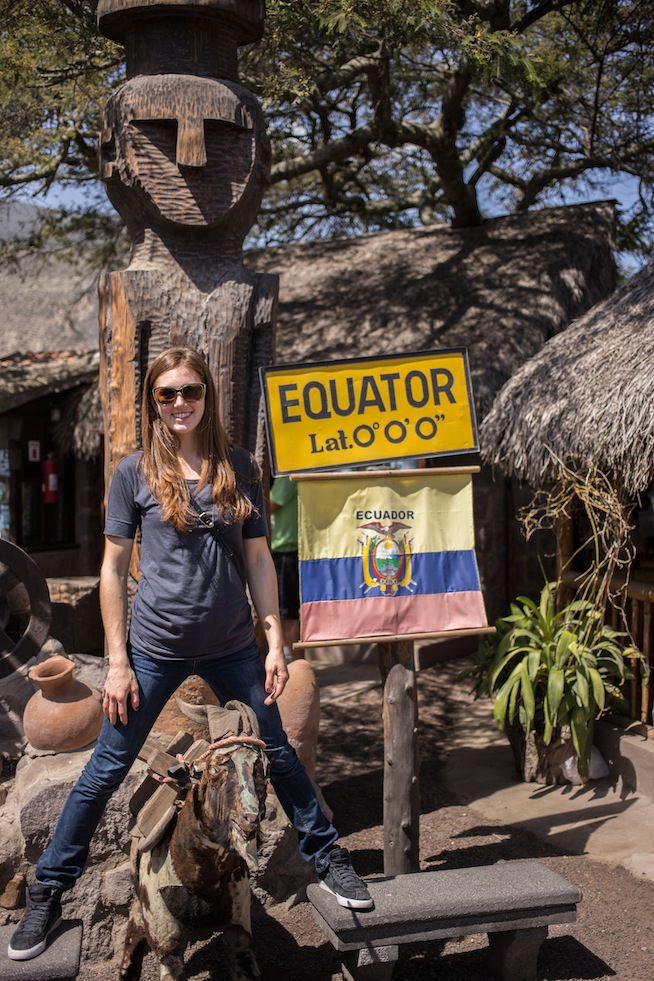
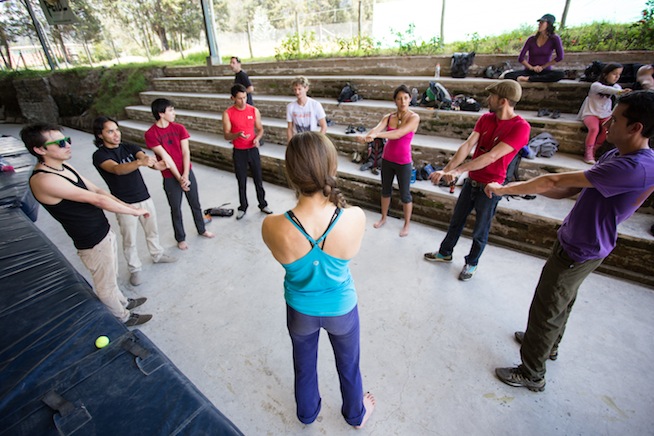
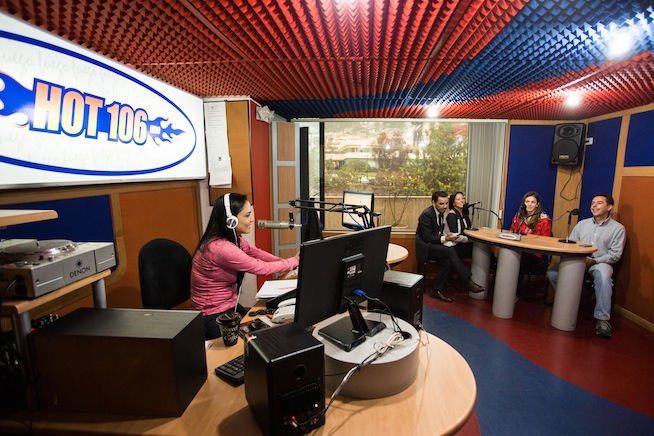
[Jon Glassberg (LT11) Photos]
Next to Tokyo, Quito might be one of my all time favorite cities. Stunning architecture, kind people, and unlimited fruit juice fill the city streets. Thanks to Tatoo (the sole distributor of Marmot in Ecuador), the Ministry of Tourism, and Gulliver Expeditions for showing us the best of Quito!
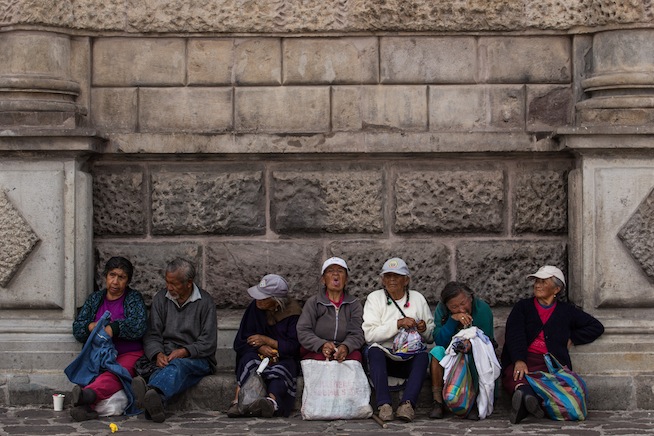 City days are fun, but somehow slow strolls on concrete are exhausting. Eager for a more relaxing activity like rock climbing, we headed to the hills in search of rocks. My expectations of finding quality rock were low, since Ecuador is a tropical climate littered with volcanoes (side note, watching a volcano blow steam and smoke is unreal!). Au contraire! Granite boulders, check. 30 unbroken meters of flawless edges, check. Cold temps, check. Beautiful scenery…that one deserves infinite check marks.
City days are fun, but somehow slow strolls on concrete are exhausting. Eager for a more relaxing activity like rock climbing, we headed to the hills in search of rocks. My expectations of finding quality rock were low, since Ecuador is a tropical climate littered with volcanoes (side note, watching a volcano blow steam and smoke is unreal!). Au contraire! Granite boulders, check. 30 unbroken meters of flawless edges, check. Cold temps, check. Beautiful scenery…that one deserves infinite check marks. We spent a day in La Guarica, a granite bouldering zone 1-1.5 hours from Quito and just a 5 minute hike off the highway. Truly, the rock at La Guarica meets Colorado standards, even if my photos don't do justice. Granited (ha!), the locals have undertaken an immense chore in scrubbing the jungle off these boulders – but they’ve done a fine job!
We spent a day in La Guarica, a granite bouldering zone 1-1.5 hours from Quito and just a 5 minute hike off the highway. Truly, the rock at La Guarica meets Colorado standards, even if my photos don't do justice. Granited (ha!), the locals have undertaken an immense chore in scrubbing the jungle off these boulders – but they’ve done a fine job!

[David Gomez lunges for the finish on a new slab project]
[Jon Glassberg (LT11) Photo]
Our friend Christian took us to El Acantilado, which is certainly one of the more beautiful places I’ve ever laid eyes on. A wide green valley holds grazing cows, perfectly round grass mounds, and two of the best sport routes I’ve ever climbed – Cinco Ocho (5.13b/8a) and Un Castillo para Fiona (5.12a/7a+). Cold, windy, perfect edges, easy on the skin, and an elevation of 12,500 feet.
[Jon on Un Castillo para Fiona, El Acantilado]
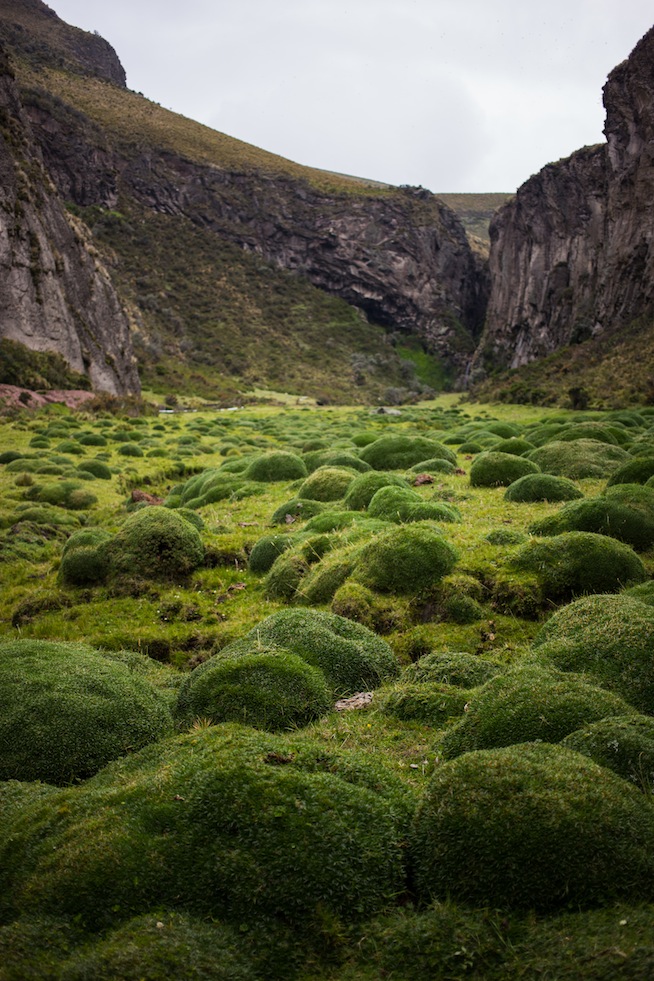
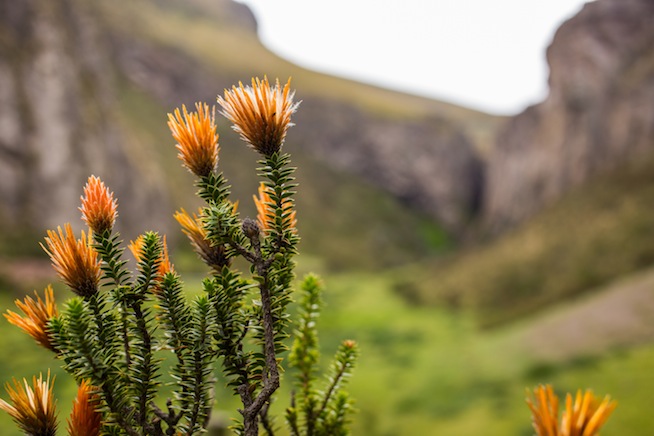 Now we’re in Ecuador’s southernmost city, Cuenca. Walking through the old brick streets and gazing up at a different church each block, you wouldn’t label Cuenca as a city; It feels more like a friendly small town, complete with rivers running through the middle. We’ll be here for the next two weeks, trying projects at nearby areas such as Cajas, Cojitambo, and San Fernando. I haven’t been disappointed yet, but I have been breathing pretty hard.
Now we’re in Ecuador’s southernmost city, Cuenca. Walking through the old brick streets and gazing up at a different church each block, you wouldn’t label Cuenca as a city; It feels more like a friendly small town, complete with rivers running through the middle. We’ll be here for the next two weeks, trying projects at nearby areas such as Cajas, Cojitambo, and San Fernando. I haven’t been disappointed yet, but I have been breathing pretty hard.
